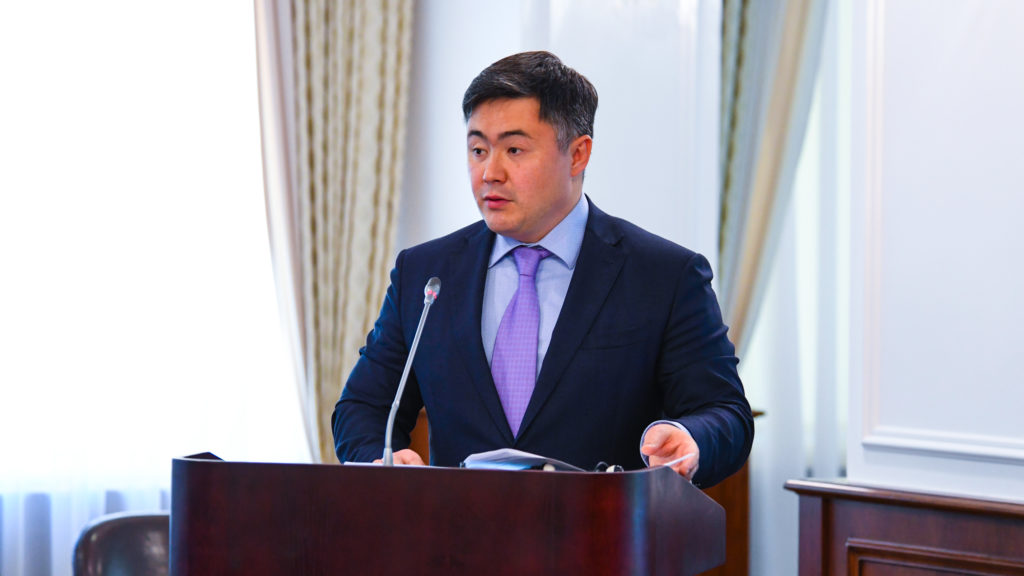ASTANA – Kazakhstan allocated 194.3 billion tenge (US$547.96 million) to its regions development programme in 2018, reported Minister of National Economy Timur Suleimenov at a Sept. 25 government meeting. The programme, which received national level status at the meeting, was first adopted in 2014 to centralise different programmes meant to develop each region’s potential.
The budget provided 1.2 trillion tenge (US$3.38 billion) for the programme from 2015-2017, of which 1.17 trillion (US$3.299 billion), or 99.1 percent, was spent.
“[The amount of] 194.3 billion tenge (US$547.96 million) was allocated for 2018, with 132.7 billion (US$371.54 million) coming from the national budget. In eight months of this year, 75.6 billion tenge (US$211.67 million) was spent,” he said.
The main goal of the programme, Suleimenov added, is to create conditions for developing the regions’ social and economic potential by forming the country’s rational territorial organisation and stimulating population flow into the country’s economic growth centres.
The document seeks to address four key areas – investment priorities for each macro region, improving territorial development, modernising engineering infrastructure, housing and communal services and effective and rational water supply and central water systems.
It also defines four key indicators and Suleimenov noted the progress corresponds to the plan envisioned in the document.
The first indicator focuses on developing agglomerations. Kazakhstan has made a significant effort in turning Aktobe, Almaty, Shymkent and the capital into the country’s growth centres.
“In 2017, the population in four agglomerations increased by 460,100 people compared to 2015 and reached 6.6 million people in contrast to the programme forecast of 6.2 million people. We observe a rapid population growth in the agglomeration this year as well,” said Suleimenov.
The second indicator, volume of investments per capita in the capital with slightly more than 18 million people, also lives up to the plans that were adjusted to the budget amount allocated each year. The figure was estimated at 8,500 tenge (US$23.8) per capita.
“The share of upgraded heating, electro and gas supply infrastructure in 2015 was estimated at 4 percent, in 2016 – 2.1 percent, and in 2017 – 2.8 percent. In 2017, a 11,581-kilometre-long network of heating, electro, gas and water supply utilities was built,” he added.
He also emphasised the need to enhance water supply systems and access to them.
“Access to central water systems across the cities reached 93.8 percent as opposed to the planned 90 percent. This is 6.8 percent higher than in 2015. In rural areas, the figure was 57.4 percent, which is 3.5 percent more over 2015,” he noted.
In line with the task set by President Nursultan Nazarbayev, the programme stipulates measures to ensure water supply in rural areas and allocates no less than 100 billion tenge (US$279.97 million) for that purpose.
“Based on the decree signed by the head of the state on the strategic development plan until 2025, the goal is to increase the competitiveness of the regions through managed urbanisation and improve quality of life for the population,” said Suleimenov.
Kazakhstan has implemented two policy concept programmes meant to adjust the socio and economic development level among the regions. The country also had a separate rural area development programme for 2004-2010, small city development programme for 2004-2006 and territorial development strategy until 2015.


